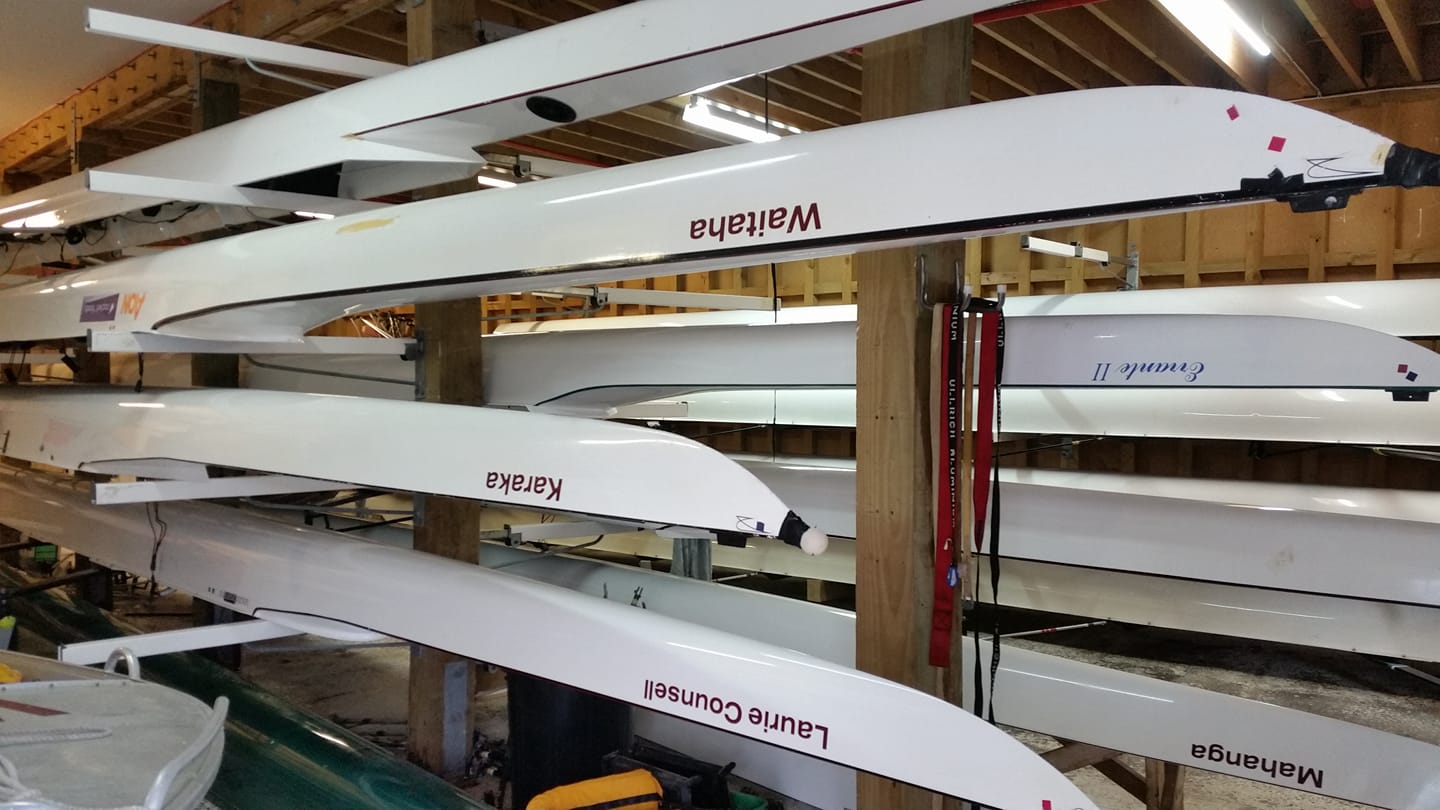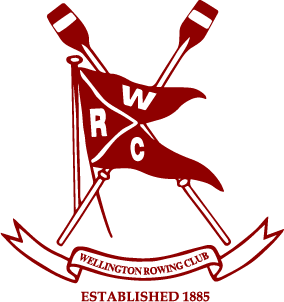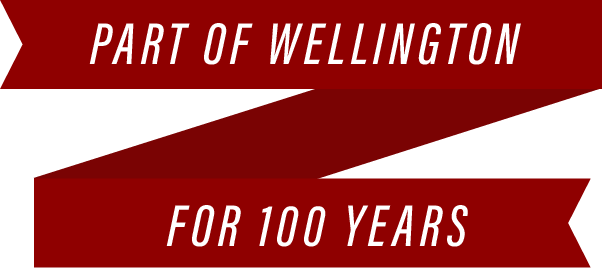
Spotlight on: the Maintenance Team!
We thought it would be a good idea to introduce some of our volunteers to let people know the huge amount of work that goes into keeping the club running smoothly. Who better to start with than Warrick Fowlie and Laurie Counsell, the two guys who manage the repairs and maintenance to the club’s gear and keep it in good going condition. We put a few questions to Warrick and Laurie:
You call yourselves members of the Maintenance Team. Who else is in the Maintenance Team?
Every club member is really part of the maintenance team – in that every club member can do something towards keeping the club and its plant running smoothly – carrying out the pre-row checks before every row, putting the tennis balls back on the riggers before the boat goes back in the shed, making sure the boat is deep enough in the water before hopping into it, ... these are examples of how people can minimise damage to boats and therefore minimise maintenance. Other key members of the Maintenance Team include Deidre Burke and Jason King, who are really skilful in fixing bigger holes in boats, and Mitch Carroll who is responsible for ordering all the bits and pieces required to keep everything going.
What is a typical week in the shed for you guys?
There is no such thing as a typical week – what we do in any one week depends on what’s on the list, the time of the year (we are generally busier leading up to the major regattas) and, to a certain extent, the weather (you are more likely to see both of us in the shed on a rainy day). I suppose at this time of the year one of us will be at the club sometime on most days, even for an hour or so, to makes sure that we can keep on top of everything.
Who does what?
We both do everything, although Warrick specialises in the bigger, building jobs, while Laurie tends to target the smaller, boat repairs.
What’s the process for getting things fixed?
The best way to get something fixed is to fix it yourself, especially for the easy things. But if you can’t do that then send an email (or a text message) to fault@wellingtonrowing.org.nz describing the problem. Give as much detail as you can – attach a photo if you think it will help. Each fault is logged, categorised, prioritised, and allocated to a “fixer”.
What’s the most common thing you have to fix?
Sadly, the most common fault that has been reported since records began in April 2016 is damage to the hulls of boats. Over a quarter of all faults reported to rowing plant have been holes, dings, boat taking on water, etc.
Many of these holes are small indentations from riggers from other boats being banged into the hull, often, but not always, during boat loading/unloading at regattas and camps. A lot of this type of damage also occurs in the shed – and the rate of damage has not reduced significantly since the use of tennis balls on the riggers was implemented.
This is almost double the next most common issue of seat problems – mainly wheels. See the table for a summary of all faults reported between April 2016 and 21 January 2021.
What’s the strangest fault you’ve had reported?
Probably a decorative panel which fell to the ground from high up above the double doors that access the deck above the erg room. This has been on the list since late 2016 – we need scaffolding to be able to get up to reattach it – something that will be done soon, with the upcoming painting of the building.
How long have you been doing this and how did you get into it?
We have been doing this off and on for years, initially just on Sundays, but after Laurie retired the weekdays became an option (“It keeps me off the streets!”) and it sort of just grew from there.
Why do you do it? What motivates you?
Love of the sport and a sense of community spirit
Tell us something about yourselves and your rowing careers.
Laurie: I started rowing for St Bede’s College way back in the 1960s. My only claim to fame is that I stroked the St Bede’s Eight in the 1968 Maadi Cup on the Wanganui River. I got involved with the Wellington Rowing Club in the mid-1990s helping out with a bit of coaching when my son took up the sport with St Pats (as you do). And the rest is history....
Warrick: I became involved in rowing when my daughter Kirstin started rowing with Onslow College. I did not know anything about rowing beforehand but I became a parent helper and coach boat driver in my first season……At the start of the 2nd season , I was told I was coaching novices and I didn’t know how to say “No”….And the rest is history………
Article added: Saturday 06 February 2021




